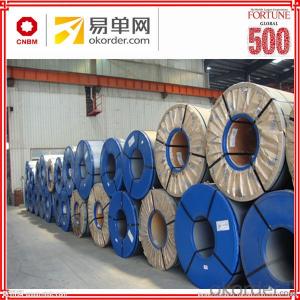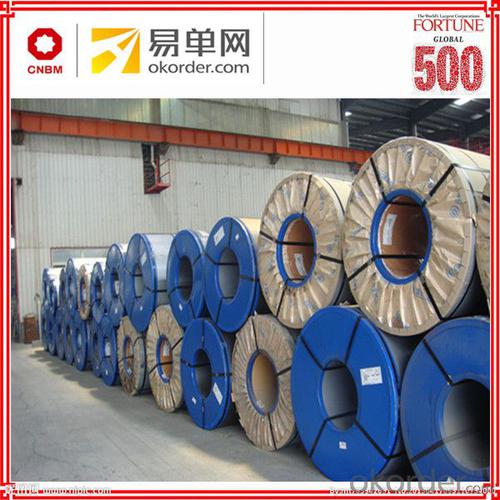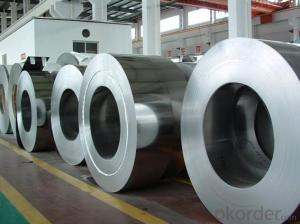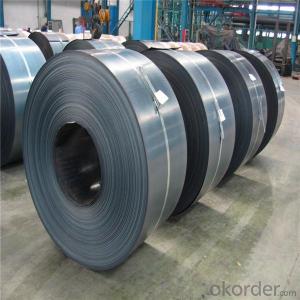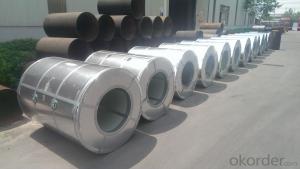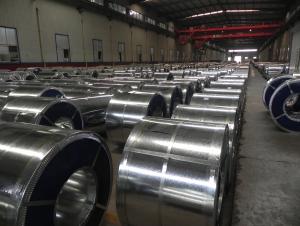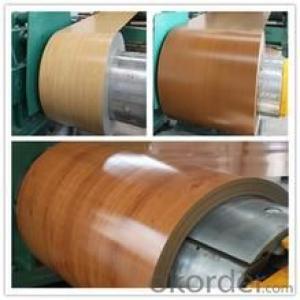Prime cold rolled steel coils shipping from china
- Loading Port:
- China main port
- Payment Terms:
- TT OR LC
- Min Order Qty:
- 50 m.t.
- Supply Capability:
- 56437 m.t./month
OKorder Service Pledge
OKorder Financial Service
You Might Also Like
Specification
Cold Rolled Steel coil is a mill product made with a high degree of gauge accuracy and uniformity of physical characteristics.
The smooth deoxidized matte finish gives an excellent base for paint, lacquer and enamel. Box annealing and absence of scale permit stamping and moderate drawing operations. Sheets bend flat on themselves without cracking. Oiling protects Surface
against rust. The application of surface oil to cold rolled steel coil/sheet is intended to provide protection from corrosion ("rusting") during shipment and warehousing..
It is suited to formation by bending or drawing, which enables complex parts to be produced in good repeatable conditions
and intended for indoor use.
These cold rolled steel coil/sheet grades have excellent formability, which facilitates cold forming operations, and are ideal
for deep drawing. Our range of steels for cold forming offer excellent forming performance, due to the low scattering of their
chemical composition and their mechanical properties, which guarantees processing consistency.
Standard and Grade :
Cold rolled steel coils | ||||
JIS G3141-2005 | EN10130-2006 | ASTM A1008-12a | ||
Commercial quality | SPCC | DC01 | CS Type A/B/C | |
Drawing quality | SPCD | DC03 | DS Type A/B | |
Deep drawing quality | SPCE SPCF(non aging) | DC04 | DDS | |
Extra deep drawing quality | SPCG(non aging) | DC05/06 | EDDS | |
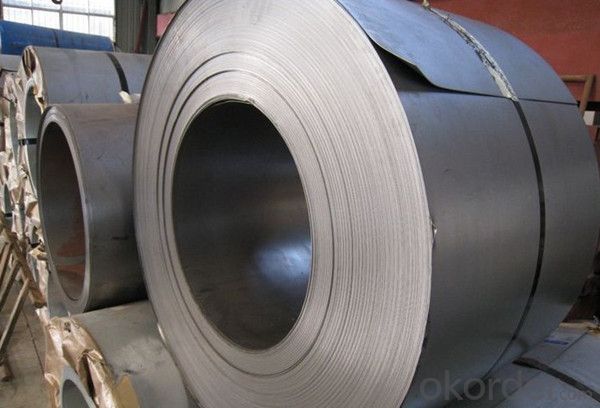
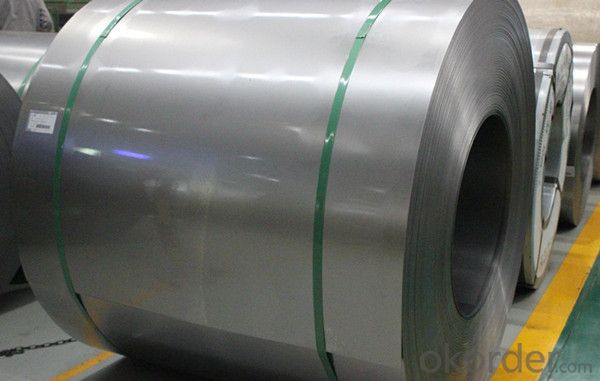
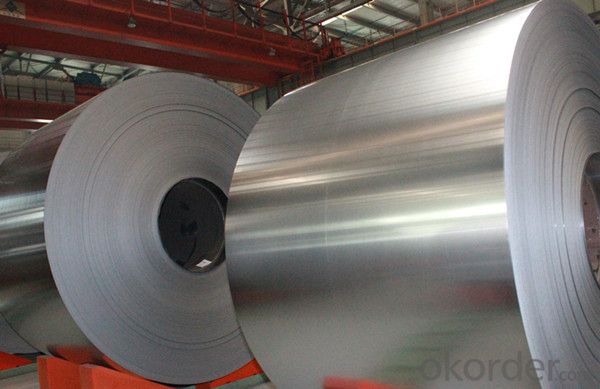
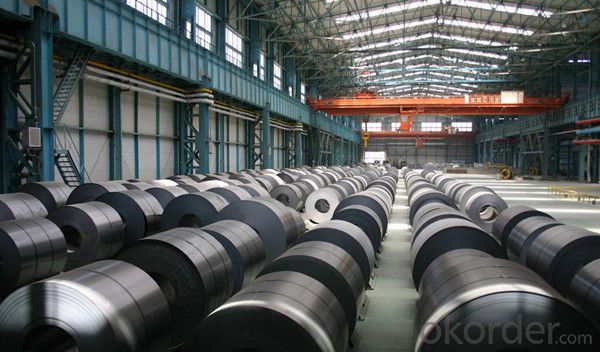
Application :
Automobile Industry, White Goods, Home Applicances, Oil & Air filters, semi product for coating with enamel or zinc, construction &
building sector, air-conditioning, furniture, radiators, tubes, profiles, mechanical construction, shelving, containers, drums
Packing:
Packaging Detail | The packing of coil consists of anti-damp paper ,PVC film ,hardboard paper , steel box , strapped with steel strips, fitted with locks and edge protectors and guarantees the optimal condition of the delivered goods. Each coil can be additionally fitted with wooden/steel skids(eye of the side) or wooden pallets(eye of the sky) |
Delivery Time | within 30 days of receipt of LC original or prepayment |
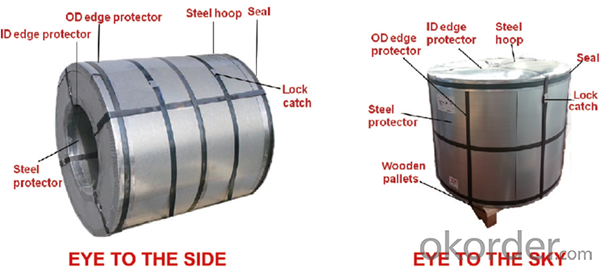
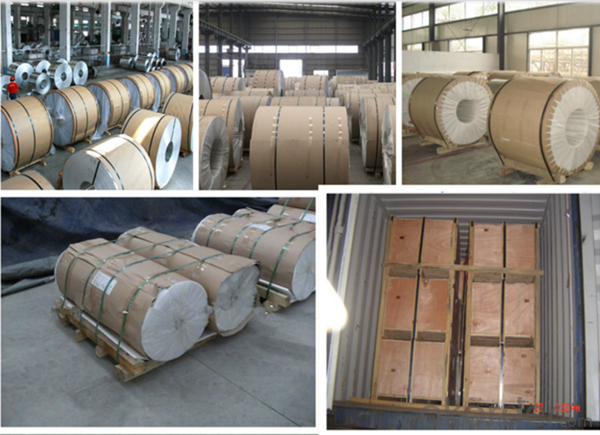
Our Services:
MOQ | FCL, 25 metric tons per 20GP, can be assorted with different sizes. |
LCL for trial order is acceptable. | |
Price Term | EX-WORK, FOB China Port, CNF, CIF |
Payment | T/T, 30% advanced payment before production and balance before shipment; OR Irrevocable L/C at sight. |
Delivery Time | within 30 days of receipt of LC original or prepayment |
FAQ:
1. Can you offer OEM to me? What about MOQ?
Of course, we are a professional with OEM manufacturer for 9 years. the MOQ can be 50 ton/ order.
2. How to guarantee the quality of the products?
We have established the international advanced quality management system,every link from raw material to final product we
have strict quality test;We resolutely put an end to unqualified products flowing into the market. At the same time, we will provide necessary follow-up service assurance.
3. How long can we receive the product after purchase?
Usually within thirty working days after receiving buyer’s advance payment or LC. We will arrange the factory manufacturing as
soon as possible. The cargo readiness usually takes 15-25 days, but the shipment will depend on the vessel situation.
4.How Can I Get Some Sample?
We are honored to offer you free sample, but courier charges will be on your side.
- Q: i need some ideas of what material could replace iron or steel to make fridges, stoves, dishwashers, tractors, aircrafts, cars and buses and anything else that is made of iron and steel. anything is greatly appreciated as at the moment i have no idea what to put down.
- There are many different appliances, like metal, copper, anything that does not bend or stretch. Be sure to get something that is comprised of a metal element. They conduct heat and electricity much better and shines when you polish them. Anything that is made of a non-metal element is a poor conductor and does not shine when polished.
- Q: I want to know if Diamond is stronger than Steel.
- What Is Stronger Than Diamond
- Q: How are steel coils processed for different finishes?
- Various methods can be utilized to achieve different finishes on steel coils. One of the most commonly used is known as coil coating. This process involves several steps, including cleaning, priming, coating, and curing the steel coil to obtain the desired finish. To begin, any contaminants on the surface of the coil are removed, followed by the application of a primer to improve adhesion. Finally, a specific paint or coating material is applied to the coil. The coated coil is then subjected to high temperatures to ensure proper adhesion and durability. Another method for processing steel coils is galvanization. This technique involves coating the steel coil with a layer of zinc to protect it from corrosion. Galvanization can be achieved through hot-dip galvanization, where the coil is immersed in molten zinc, or electro-galvanization, where a thin layer of zinc is electroplated onto the coil. The resulting galvanized finish offers exceptional corrosion resistance and can be further processed for various aesthetic finishes. Furthermore, different surface treatments can be employed to achieve desired finishes on steel coils. These treatments may include pickling, which utilizes an acid solution to eliminate scale and impurities from the coil, or mechanical treatments like brushing or grinding to create a specific texture. Following these surface treatments, a protective coating or paint can be applied to enhance the appearance and durability of the coil. In conclusion, achieving various finishes on steel coils necessitates a combination of cleaning, coating, curing, and surface treatments. The selection of specific methods depends on the desired finish and the intended application of the steel coil.
- Q: What are the different types of steel coil leveling methods?
- There are several different steel coil leveling methods, including roller leveling, stretcher leveling, and temper leveling.
- Q: Can steel coils be coated with ceramic?
- Yes, steel coils can be coated with ceramic. This coating provides several benefits such as increased corrosion resistance, improved heat resistance, and enhanced durability. Additionally, ceramic coating can also provide an aesthetic appeal to the steel coils.
- Q: The length of a steel beam increases by 0.78 mm when its temperature is raised from 22 degrees C to 35 degrees C. What is the length of the beam at 22 degrees C (in meters)?I used: L = (0.78 mm)/[(9/5)(.00000645 F)(13)] = 5.17 meters but Mastering Physics said Not quite. Check through your calculations; you may have made a rounding error or used the wrong number of significant figures. I'm confused because this is how we learned this kind of problem in class, so if anybody knows what I did wrong, feel free to correct my errors! Thanks
- It seems you are trying to convert celsius to Fahrenheit, Why? There is no need. Delta L= alpha (initial length) (delta celcius) what you need is an alpha, it should be given in degrees celsius to the negative first (steel's alpha happens to be 0.000036 1/celsius). You also need the length of the beam at 35 degrees C. This answer (delta L) needs to be added (if heat is rising) or subtracted (if heat is dropping) to the original length.
- Q: What are the different methods of edge camber correction for steel coils?
- There are several methods used for edge camber correction in steel coils, depending on the specific requirements and equipment available. Some of the common methods include: 1. Mechanical Edge Trimming: This method involves trimming the edges of the coil using mechanical tools such as shears or slitters. It helps to remove excess material and correct the camber. This method is often used for smaller coils or when the camber is minimal. 2. Tension Leveling: Tension leveling is a process where the coil is passed through a series of adjustable rollers under tension. The tension helps to elongate the steel and reduce the camber. This method is effective for correcting moderate camber and is commonly used for larger coils. 3. Roller Leveling: Roller leveling is similar to tension leveling, but instead of adjustable rollers, the coil is passed through a series of fixed rollers. These rollers exert pressure on the steel to flatten it and correct the edge camber. This method is often used for thicker and heavier coils. 4. Heat Straightening: Heat straightening involves applying controlled heat to the edges of the coil to soften the steel. Once the steel becomes malleable, external force is applied to straighten the edges. This method is suitable for correcting severe edge camber but requires specialized equipment and expertise. 5. Combination Methods: In some cases, a combination of different methods may be used to achieve the desired edge camber correction. For example, mechanical edge trimming may be followed by tension leveling or roller leveling to further straighten the edges. It is worth mentioning that the choice of method depends on various factors such as the severity of camber, coil dimensions, material properties, and available equipment. It is essential to evaluate these factors and consult with experts to determine the most suitable method for edge camber correction in steel coils.
- Q: How are steel coils used in the production of fireproof doors?
- Steel coils are used in the production of fireproof doors as they serve as the core material for the door's structure, providing strength and durability. The coils are typically shaped, cut, and molded into the desired door shape, then combined with fire-resistant materials such as gypsum or mineral wool to enhance the door's fire resistance.
- Q: I really need help what is the origon of stainless steel?
- Stainless steel is regular steel. They just remove most of the carbon out of it. Carbon it the reactive element within the steel that makes it rust, tarnish, etc...
Send your message to us
Prime cold rolled steel coils shipping from china
- Loading Port:
- China main port
- Payment Terms:
- TT OR LC
- Min Order Qty:
- 50 m.t.
- Supply Capability:
- 56437 m.t./month
OKorder Service Pledge
OKorder Financial Service
Similar products
Hot products
Hot Searches
Related keywords
